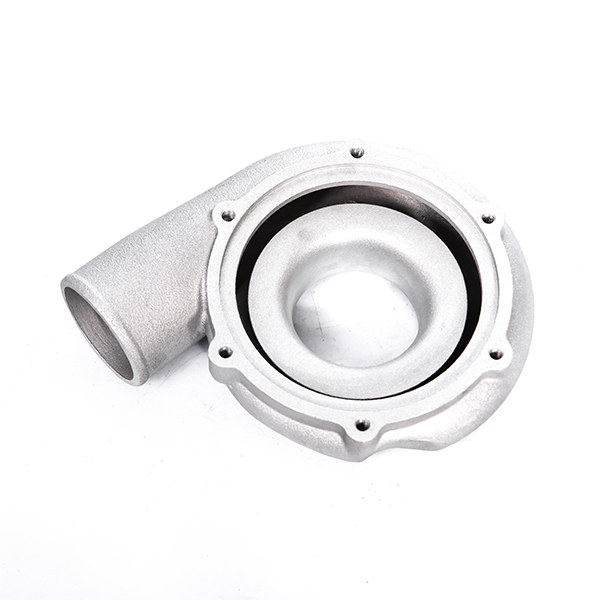Mobile:+86-311-808-126-83
Email:info@ydcastings.com
Submersible Pump Pipeline Joint Techniques for Efficient Water Displacement and Flow Management
Submersible Pump Pipe Connection An Essential Guide
Submersible pumps are widely used in various applications, from residential water supply systems to industrial dewatering. A crucial aspect of ensuring the efficiency and longevity of these pumps involves understanding the proper techniques for pipe connections. This article delves into the importance of correct pipe connections for submersible pumps, the types of connections available, and best practices to optimize performance.
Importance of Proper Pipe Connections
The connection between submersible pumps and the piping system is foundational for effective pumping operations. Proper pipe connections promote optimal flow rates, reduce the chances of leaks, and minimize mechanical strain on the pump. Incorrect or poorly installed connections can lead to significant issues such as water hammer, cavitation, and, in severe cases, pump failure. Ensuring proper connections contributes not only to the pump's efficiency but also to its longevity, reducing the need for costly repairs or replacements.
Types of Pipe Connections
There are several types of pipe connections commonly used with submersible pumps
1. Threaded Connections These connections are made by screwing pipes together. They are simple to install and are commonly used in smaller systems. However, they may require sealing compounds to prevent leaks.
2. Flanged Connections Utilized for larger pipes, flanged connections consist of two flanges bolted together. They are robust and allow for easy disassembly, making them ideal for maintenance and repair.
3. Socket Weld Connections This type involves welding the pipe into a socket, providing a seamless and strong connection. It is mainly used in high-pressure applications, though it requires skilled labor for proper execution.
4. Mechanical Joint Connections These employ mechanical fittings to connect segments of pipe. They are versatile and can accommodate various pipe materials, making them popular in different configurations.
5. Compression Connections These connections involve compressing a fitting onto the pipe as tightly as possible, creating a seal. They are easy to install and often used in residential applications.
submersible pump pipe connection

Best Practices for Pipe Connections
To ensure the best performance of submersible pumps, consider the following best practices when connecting pipes
1. Select the Right Material Choose pipe materials that are compatible with the pump's application (e.g., PVC, steel, or polyethylene). The material should be capable of withstanding the pressure and temperature conditions of the system.
2. Align Pipes Properly Ensure that the pipe sections are properly aligned to prevent stress on the connections, which could lead to leaks or fractures. Misalignment can dramatically reduce the lifespan of the system.
3. Use Appropriate Seals For threaded connections, ensure that appropriate sealing tape or compounds are used. For flanged joints, make sure to use gaskets that can handle the operating temperature and pressure.
4. Monitor for Leaks After installation, always check for leaks at the connections. Early detection is crucial to prevent further damage and maintain system efficiency.
5. Regular Maintenance Schedule regular inspections and maintenance of the pump and connections. This practice can help in identifying issues before they escalate into costly repairs.
6. Follow Manufacturer Guidelines Always adhere to the pump manufacturer's installation instructions and guidelines, as these are designed to ensure optimal performance and safety.
Conclusion
Proper pipe connections are pivotal in the successful operation of submersible pumps. Understanding the various types of connections, following best practices, and maintaining the system regularly can dramatically enhance the effectiveness and longevity of pumping operations. Whether for household drainage, agricultural irrigation, or industrial applications, prioritizing pipe connection integrity will ultimately lead to a more efficient and effective pump system. By taking these factors into account, operators can optimize their systems and reduce downtime, ensuring a reliable water supply for years to come.
-
Why Is Choosing the Right Motor Housing Critical for Engine Performance?NewsJul.18,2025
-
Which Impeller Types Best Optimize Your Pump’s Efficiency?NewsJul.18,2025
-
Optimize Maintenance Efficiency with Durable Oil Catch SolutionsNewsJul.18,2025
-
Maximize Pump Performance with Precision-Engineered ComponentsNewsJul.18,2025
-
Elevate Industrial Flow Systems with Precision-Engineered ComponentsNewsJul.18,2025
-
Boost Durability and Functionality with Precision Power CastingsNewsJul.18,2025











